Blogs tend to be good for for clearing up the many confusions that exist out there in guitarland, such as the discombobulating topic we shall address here today…
arpeggio & arpeggiate
One’s a noun… and one’s a verb.
And it behooves you to understand each of them.
Let’s start with the noun story.
Here’s what an arpeggio pattern looks like on the guitar…
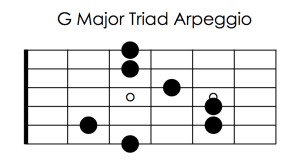
And here is how it is played…
Here’s the textbook definition of the term, arpeggio…
• arpeggio = the notes of a chord played in a scale-like manner
Now, I am not fond of definitions that have words in them that need to be defined as well. This can lead to a “definition spiral” and we know we don’t want that, right? However, in this case, I like to use this definition because then I have to make sure the student understands what the heck “scale-like manner” is all about. And the ensuing discussion leads to a clearing-up of some other basic, yet important, concepts involved with guitar technique.
So let us address exactly what “scale-like manner” means….
• scale-like manner = the notes of a scale are played in order of pitch, ascending & descending, evenly spaced, with each note ringing right up until the next one.
A little verbose, perhaps, but did you get all that?…
• all the notes of the scale in order of pitch
• played ascending & descending
• the notes evenly spaced in regards to rhythm
• each note rings right up until the next one (there’s no silence in-between each note)
That last one is kind of interesting to me, simply because it is so basic yet it is not really addressed often… it is just kind of assumed by teacher & student. I often find that there are fundamental attributes to certain musical techniques & theories that, when not discussed, can lead to fundamental confusions. Here I am referring to the awareness of the fact that when you are playing guitar, you want to be cognizant of when notes are being played individually and when they are overlapped.
This leads us to another term, legato.
A term which our understanding of will greatly help us in our quest to understand the difference between arpeggio & arpeggiate.
• legato = in a smooth & flowing manner, without breaks between notes
Wikipedia says…
“In music performance and notation, legato [leˈɡaːto] (Italian for “tied together”) indicates that musical notes are played or sung smoothly and connected. That is, the player transitions from note to note with no intervening silence.”
Okay, more or less the same definition as the first one, but I just want you to trust me when I explain things & quoting Wikipedia always instills trust, because what better reliable source could there be than an encyclopedia that anyone on the planet can contribute to?
So, the thing with the term legato is that it has been hijacked by classical guitarists (oh… those people). When they use it, they are referring to hammer ons & pull offs, which indeed creates a legato flow to the notes you are playing. However, the term legato has a universal meaning in music (the one I explained above) and you need to know that because, at this point, with all the resources online, legato is now often used by everyone of all genres to mean hammer ons & pull offs.
Which is fine I guess. Multiple meanings for terms has been very good for business (the business of teaching music to overwhelmed & confused students, that is). But you want to be clear that playing legato really means playing the notes in a smooth & connected manner and you can do this on the guitar using any articulation, i.e. picking, hammer ons & pull offs, slides, and even bending.
It has become a common distortion in the thinking of guitarists in that they think the term legato does not apply to picking each note.
What were we talking about?… oh yeah, arpeggios.
Now that we have cleared up what scale-like manner means, allow me to reiterate…
• arpeggio = the notes of a chord played in a scale like manner
When playing arpeggios, the most common error a student makes is when they allow two notes to sound together (overlap) when they go from one string to the next. I don’t think anyone does this when they play scales, simply because you are thinking about scales, where one note proceeds to the next, so why would you have two notes sounding together, right? Plus, in a scale, you are usually playing two or three notes per string and you simply cannot ever overlap notes on any one string. (I love absolutes… they tend to be rare in art)
But the mentality of arpeggios is such that you are working with the notes of a chord & chords are thought of as a group of notes sounding together.
I guess we could call that “over-legato”. (but we won’t because we already have too many terms going on here & we don’t need to be inventing words, so stop it.)
All this to say that when you play arpeggios, play them legato… but not too legato, to the point where the notes overlap.
Note:
Far be it from me to go all-out tangential on you (ha! too late), but all of these terms & concepts are related and that’s the point I am making here…
If any of these things I am defining here are not solid in your brain, you will have a shaky foundation &, subsequently, a shaky learning experience… which leads to a shaky performance.
(wow… there’s a whole lotta shakin’ going on here)
Next, let’s define “the notes of a chord”…
These notes I am talking about are the individual notes that make up any chord. And there are many chords out there so the theory gets pretty deep pretty fast. So let’s not go there right now. Let’s just say that these notes I am talking about are the individual notes that make up any chord that you know right now. And your personal experience with chords might be all about the chord shapes you play without any thought as to the individual notes. That’s fine… the theory understanding can come later.
For our purposes here, let’s just keep with the G Major Triad arpeggio:
• G Major Triad = G B D
So referencing our diagrams & definitions above, we’ve got everything covered…
• arpeggio = the notes of a chord played in a scale like manner
Just make sure you play it with all of the notes evenly spaced & that each note rings right up to, but not over, the next note (legato).
Okay, that sound means we’ve run out of time for today’s show.
(you played the sound clip, right?)
Next week… it’s all about the arpeggiate. We will compare & contrast it with arpeggio and your entire world will change. Until then, please explore arpeggios online & see what everyone else else says about them.
(but remember, you’re on the internet… where truth is just a bunch of ones & zeros)
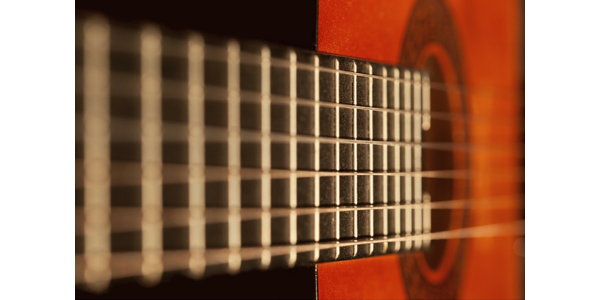

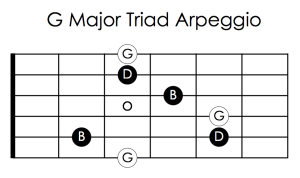
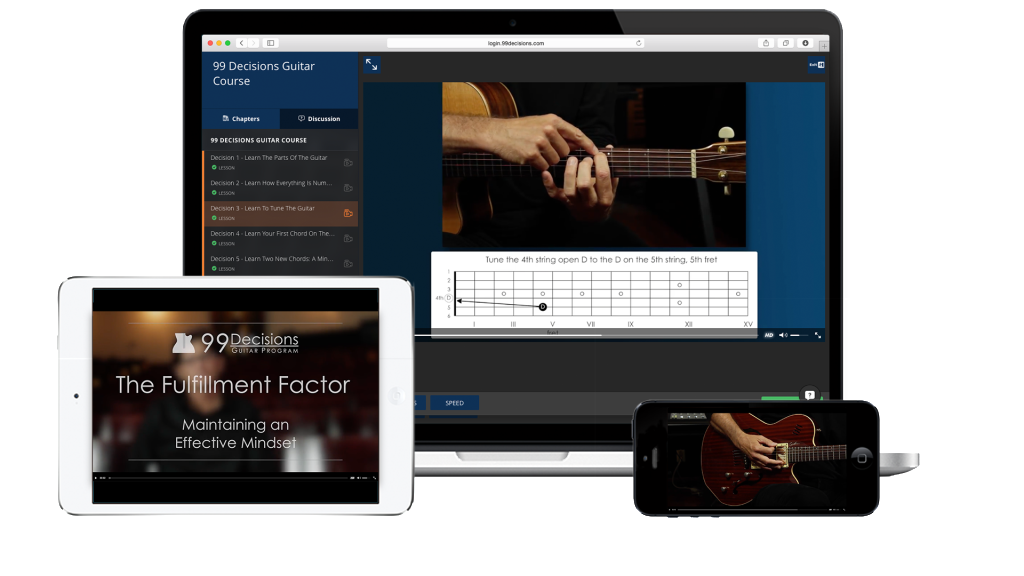
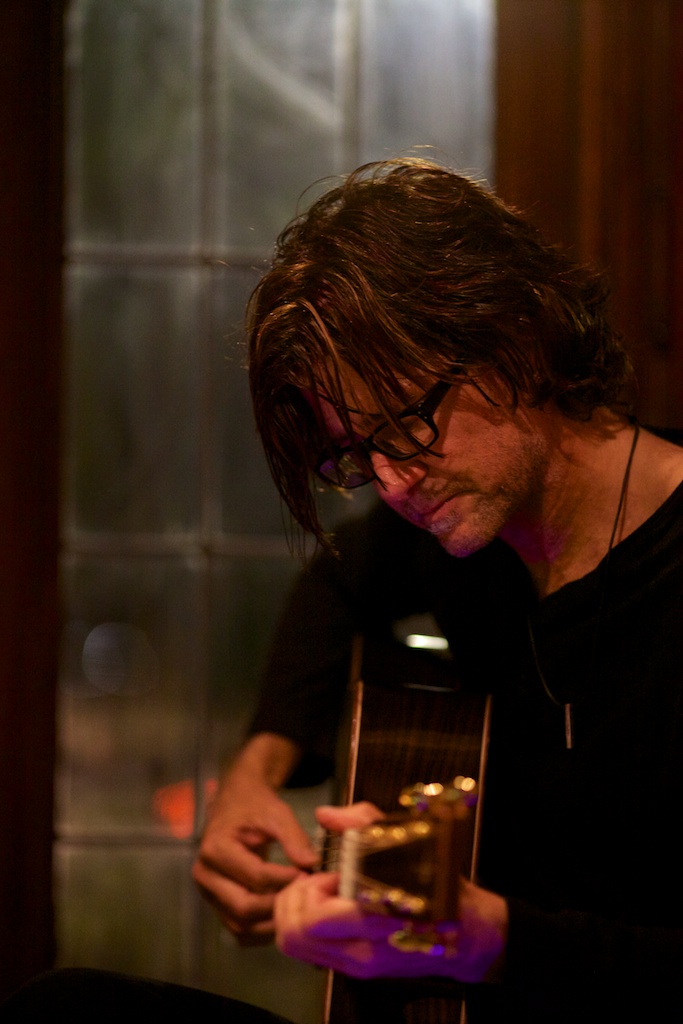
Leave A Response